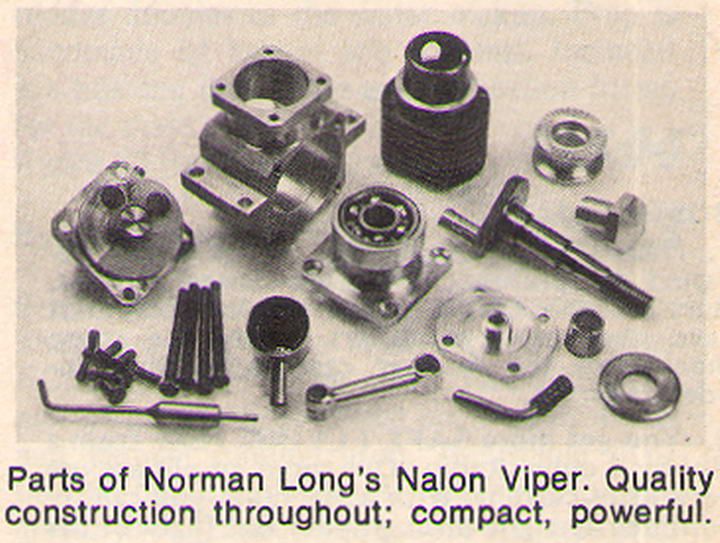- Joined
- Jan 30, 2011
- Messages
- 365
- Reaction score
- 72
That was exactly my point to the person who suggested this on the other forum. Not practical at all unless one can load the front outer ring in the opposite direction to the load on the inner - hence my thought that, as the crankshaft is acting as the spacer - which for all intents and purposes it is - then possibly a tough resilient compressible material acting in the other direction on the outer ring may, potentially, have this effect.
I am not suggesting that this is the road to take - merely that it has a potential. The twin ball race engines made so far plus those odd commercial ones renovated (twenty plus) have all been set up as previously described with a very small clearance behind the front bearing.
The bearing fit on all is very smooth and free - obviously an important requirement - That they have all run and run well is all I can say to qualify my reasoning.
Tug
I am not suggesting that this is the road to take - merely that it has a potential. The twin ball race engines made so far plus those odd commercial ones renovated (twenty plus) have all been set up as previously described with a very small clearance behind the front bearing.
The bearing fit on all is very smooth and free - obviously an important requirement - That they have all run and run well is all I can say to qualify my reasoning.
Tug


































![DreamPlan Home Design and Landscaping Software Free for Windows [PC Download]](https://m.media-amazon.com/images/I/51kvZH2dVLL._SL500_.jpg)







![Learning AutoCAD Civil 3D 2014 [Online Code]](https://m.media-amazon.com/images/I/51F3yi9fokL._SL500_.jpg)


























